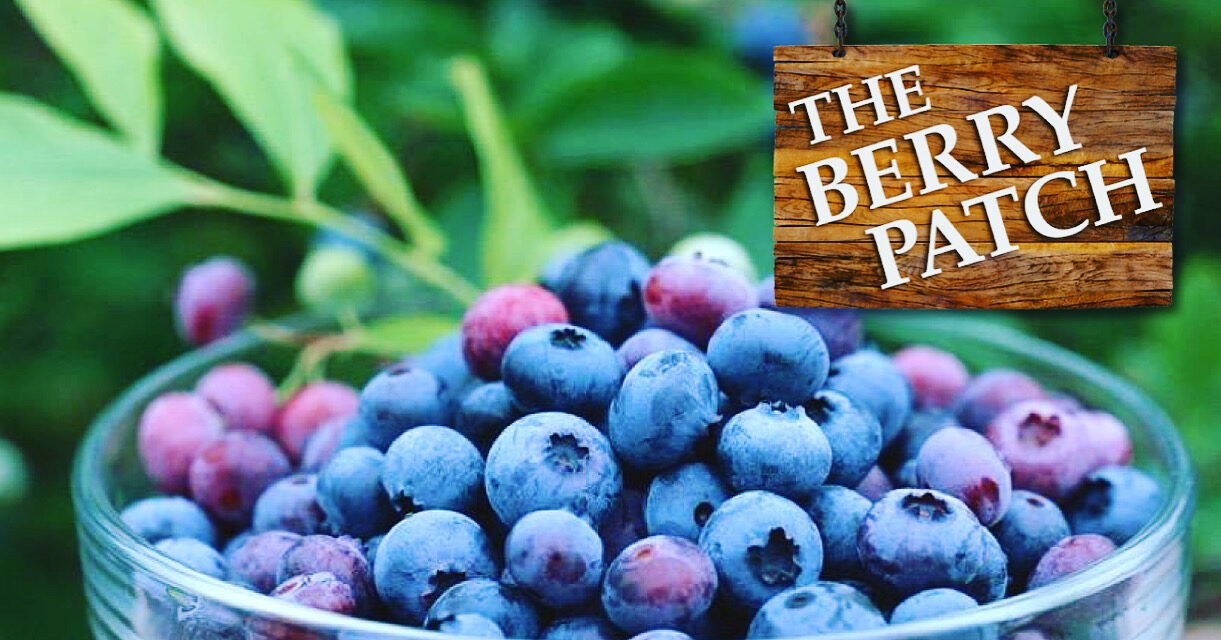Looking to try your hand at blueberry plants? Look no further than your local you-pick farm!


 We currently have 7 Highbush Blueberry varieties to choose from and will be selling plants starting Saturday, March 9th, 2024. The store is open from 9am-12pm and a team member will be able to help assist answering questions.
We currently have 7 Highbush Blueberry varieties to choose from and will be selling plants starting Saturday, March 9th, 2024. The store is open from 9am-12pm and a team member will be able to help assist answering questions.
Prices and availability varies some from year to year.
| Pot Size | Price |
| 1 gallon | $21.00 |
| 2 gallon | Out of Stock |
We carry seven different varieties, here’s what you need to know:
- All varieties are highbush blueberries
- All blueberries bud, bloom, and acquire green berries at the same time.
- The difference in variety is when the green berries turn blue, some small differences such as flavor or size of berry are listed below.
- Early season varieties ripen early to mid June, mid season varieties ripen mid June to early July, and late season varieties ripen early to late July.
- Each variety will continue to ripen berries for about two to four weeks before exhausting their crop each year.
- The varieties we currently have in stock are:
- Earliblue (earliest, usually starting first to second week of June right before Duke)
- Sweet, firm and good flavor. Good for pies, jams or eating off the bush.
- Dukes (earliest, usually starting first to second week of June)
- High yields, uniform blueberries, good quality and size, mild flavor
- Blue Ray (ripen shortly after Duke)
- Largest blueberry we carry, superior, sweet flavor
- Patriot (ripen shortly after the Blue Ray but before Blue Crop)
- Known for outstanding flavor fresh, and baked or in preserves, large berries
- Blue Crop (ripen shortly after Blue Ray)
- Best all around, large berries, sweet flavor-light powder blue, known for good balance between sweet and tart
- Jersey (ripen shortly after Blue Crop, towards end of July)
- Very sweet, good fresh, medium size berries
- Elliot (latest, tend to ripen end of July through August)
- More tart flavor, better for baking and cooking with, tend to be a smaller berry, add more flavor when using to cook and bake, dark blue berry and medium size, great for extending the growing season
- Earliblue (earliest, usually starting first to second week of June right before Duke)
Need to know:
- All our blueberries are HIGHBUSH blueberries. Blueberries require full sun.
- Blueberries like acidic, sandy soil, well- drained and rich in organic matter. Clay soils can be made suitable but require peat moss, possibly sand, or other organic matter. (The Berry Patch uses peat moss when planting). They require a soil with a PH range of 4.5-5.0. Soil above 5.0 needs sulfer.
- Blueberries like to be planted on a hill so their shallow roots don’t sit in water, but they must be kept moist.
- Full sunlight is required all day for maximum production and growth long term.
- You must plant at LEAST two blueberry plants in order for them to cross pollinate, they will not bare fruit if they cannot cross pollinate with another blueberry plant. The different varieties we carry WILL cross pollinate between varieties.
- We recommend purchasing a high acid fertilizer such as those used for hydrangeas. You can also purchase blueberry specific fertilizer. Unfortunately, we no longer are able to sell the fertilizers we use.
- We typically recommend fertilizing every one to two months, but this will vary some depending on the fertilizer you use. We fertilize baby plants with 1 tsp of osmocote in the spring and the fall.
- Plant 4-5 feet apart in rows between 6-8 feet. Early spring is best, but can be planted in fall also. Dig hole twice as big, fill with peat moss and plant the blueberry.
- We strongly recommend mulching (type of mulch is not critical) around the base of the plants for feed control and to help maintain moisture. Layer 3-4 inches deep. Can use wood chips, bark, pine needles, leaved, or combination.
- Pruning can be done once a year or once every other year. A good guide for pruning can be found from Cornell University at:
http://www.fruit.cornell.edu/berry/production/pdfs/blueberries/bbprunerejuv.pdf - We recommend removing the buds in the Spring (late March or April) for at least two years following the planting year (plants purchased from us will already have their buds removed for the current year- if we are at that point in the season). This allows for better plant and root growth which allows them to be larger, better producing plants.
- Pests: we use bird distress calls and scare eye balloons to ward off birds. These typically only work at the beginning of the season.
- Plants are prone to disease in Missouri/Kansas, therefore we do not guarantee any plant purchases.
